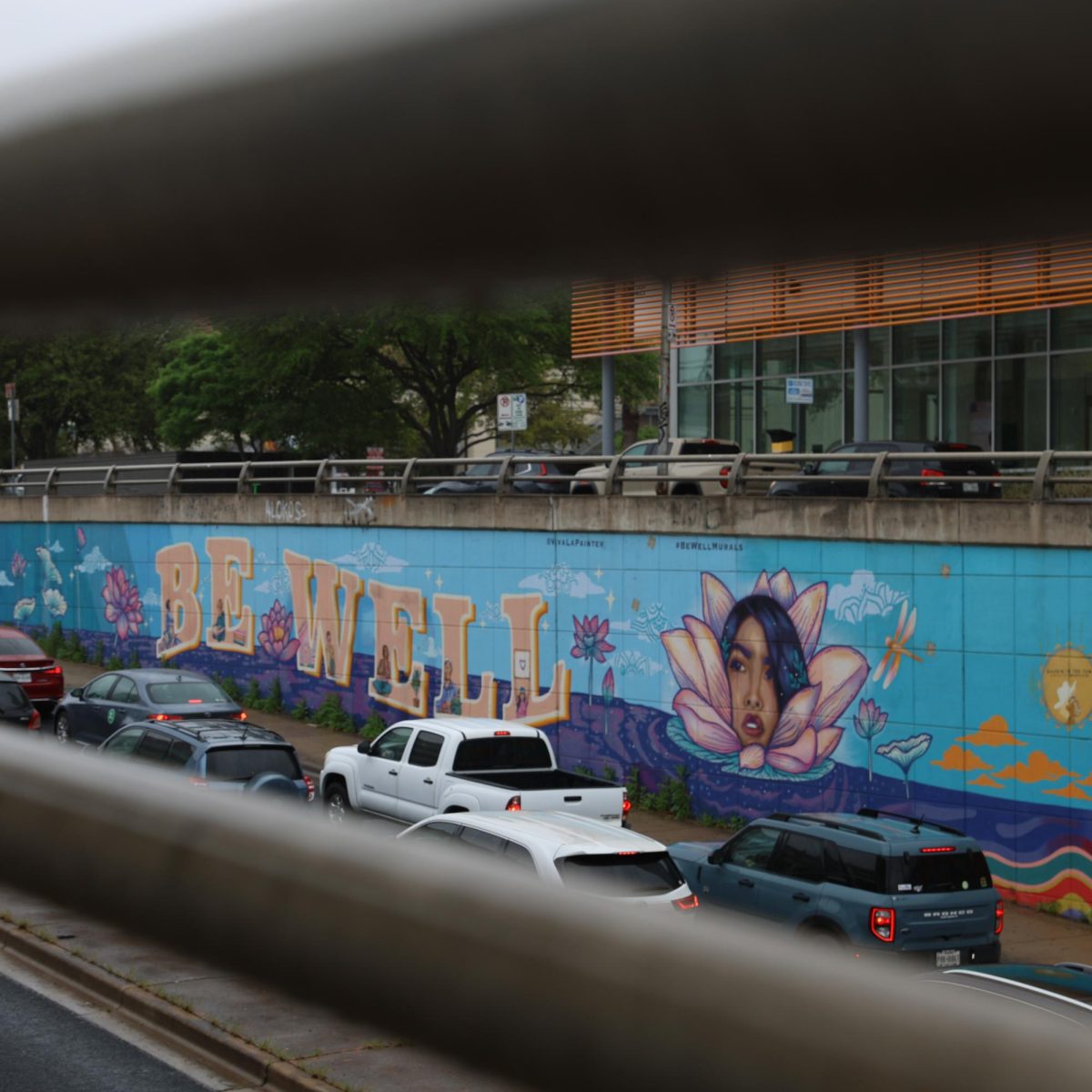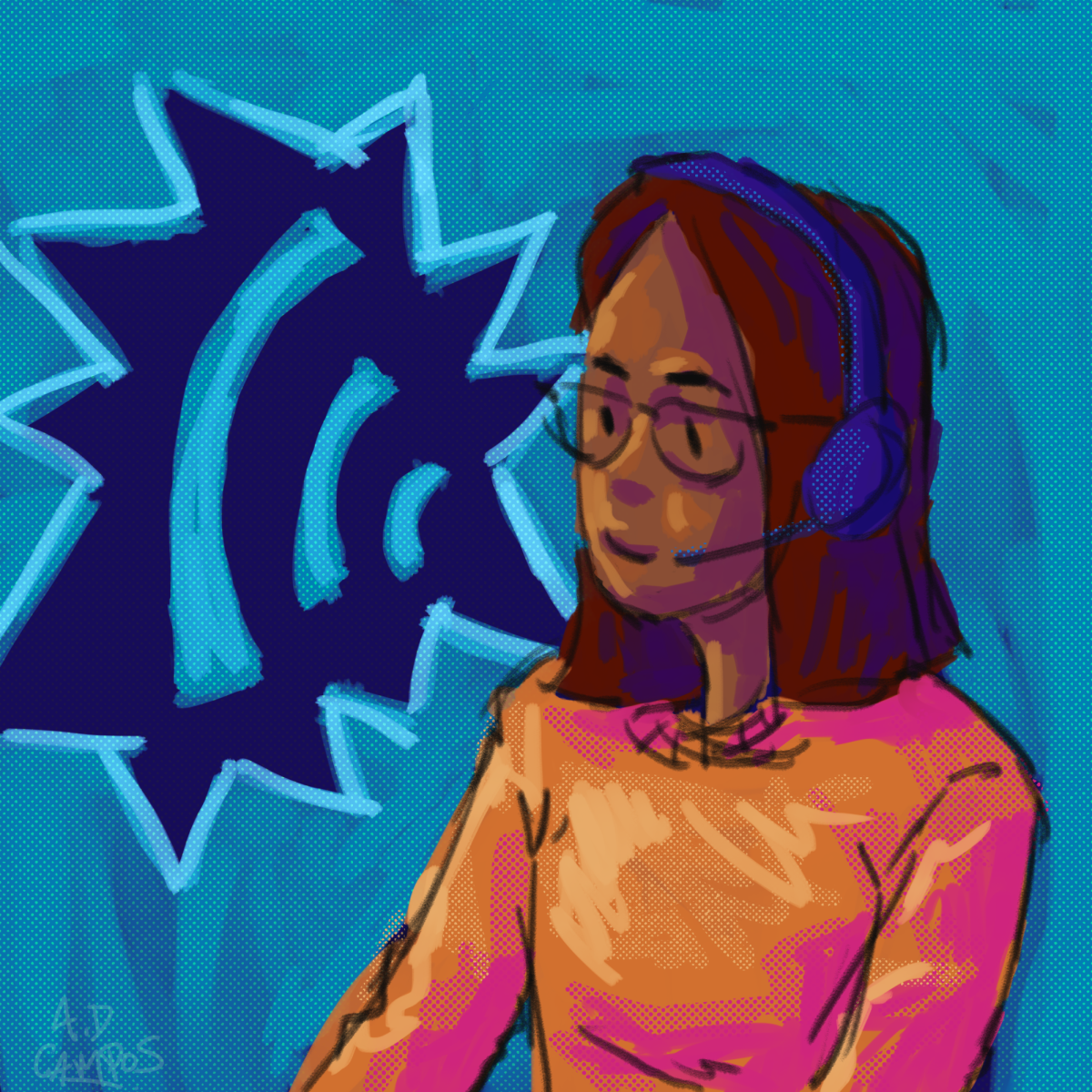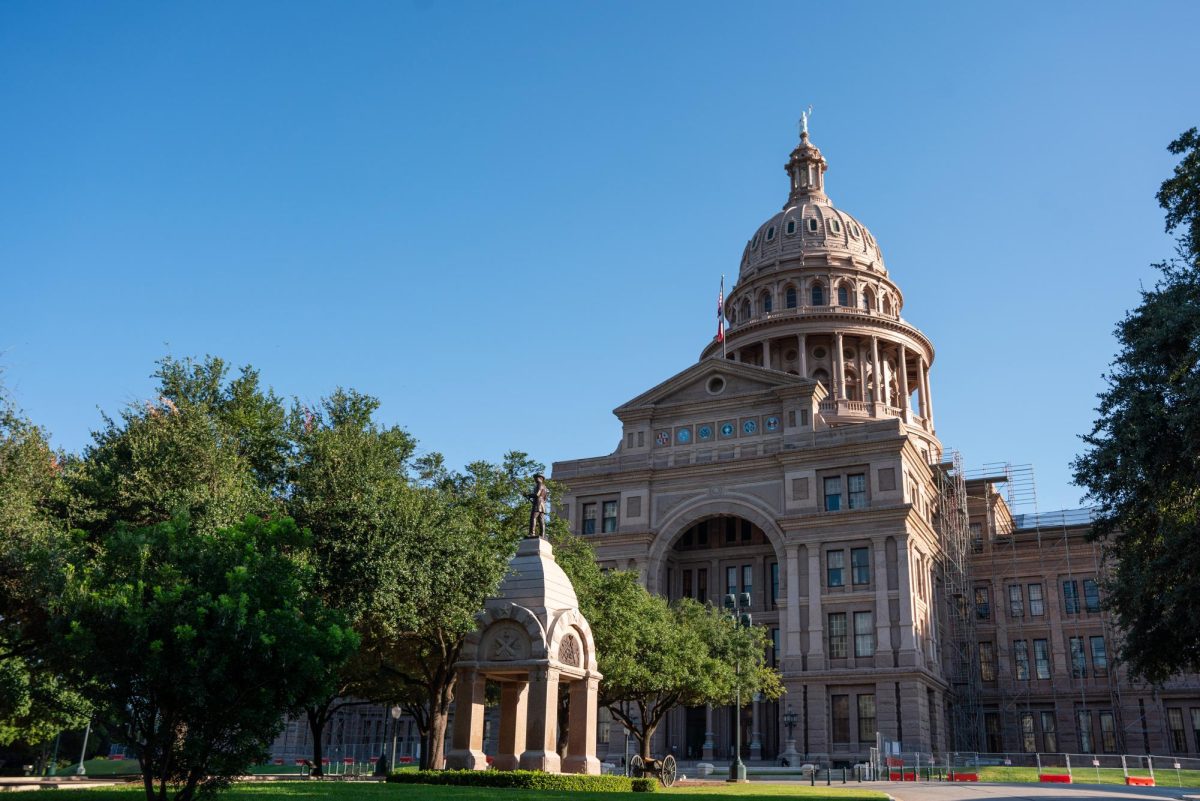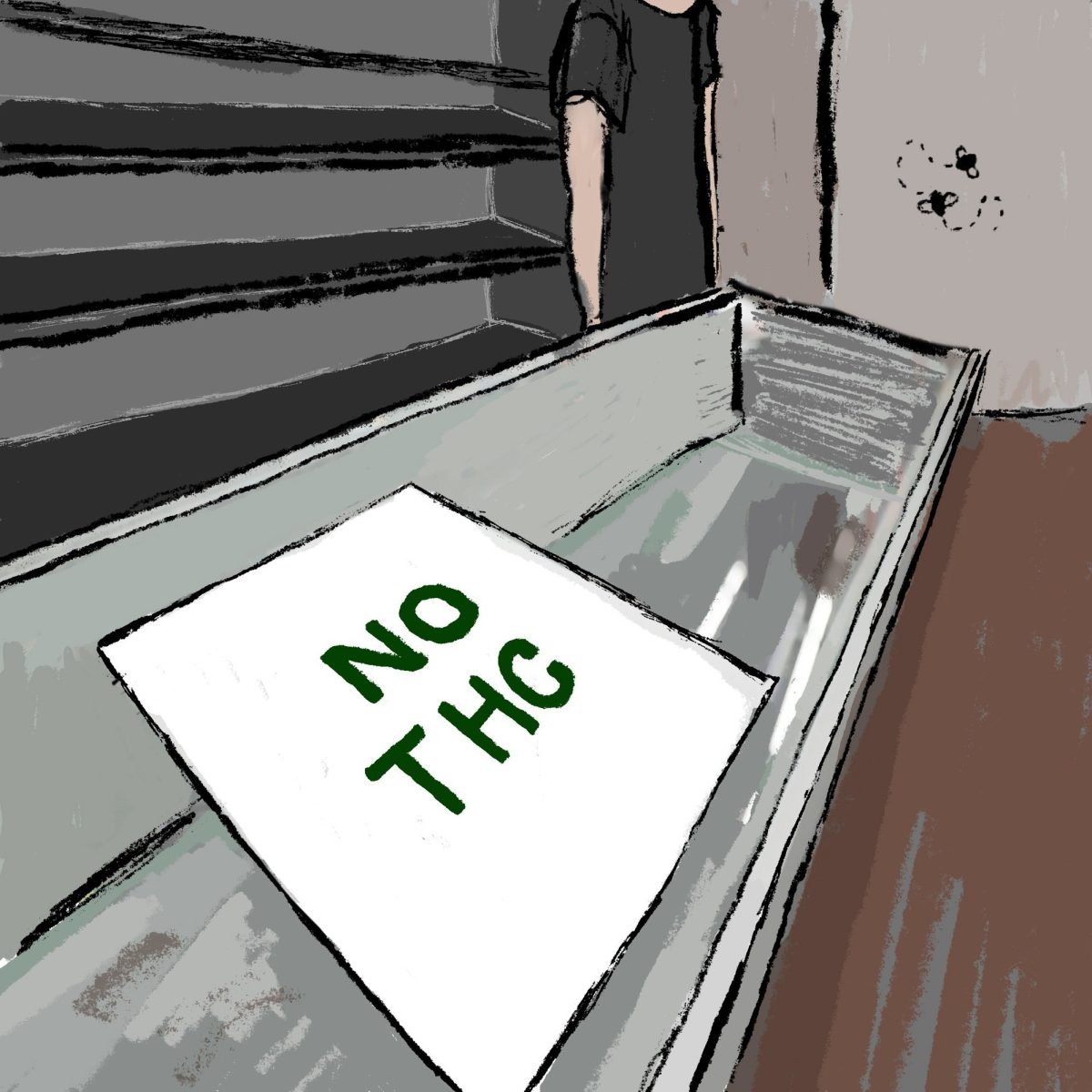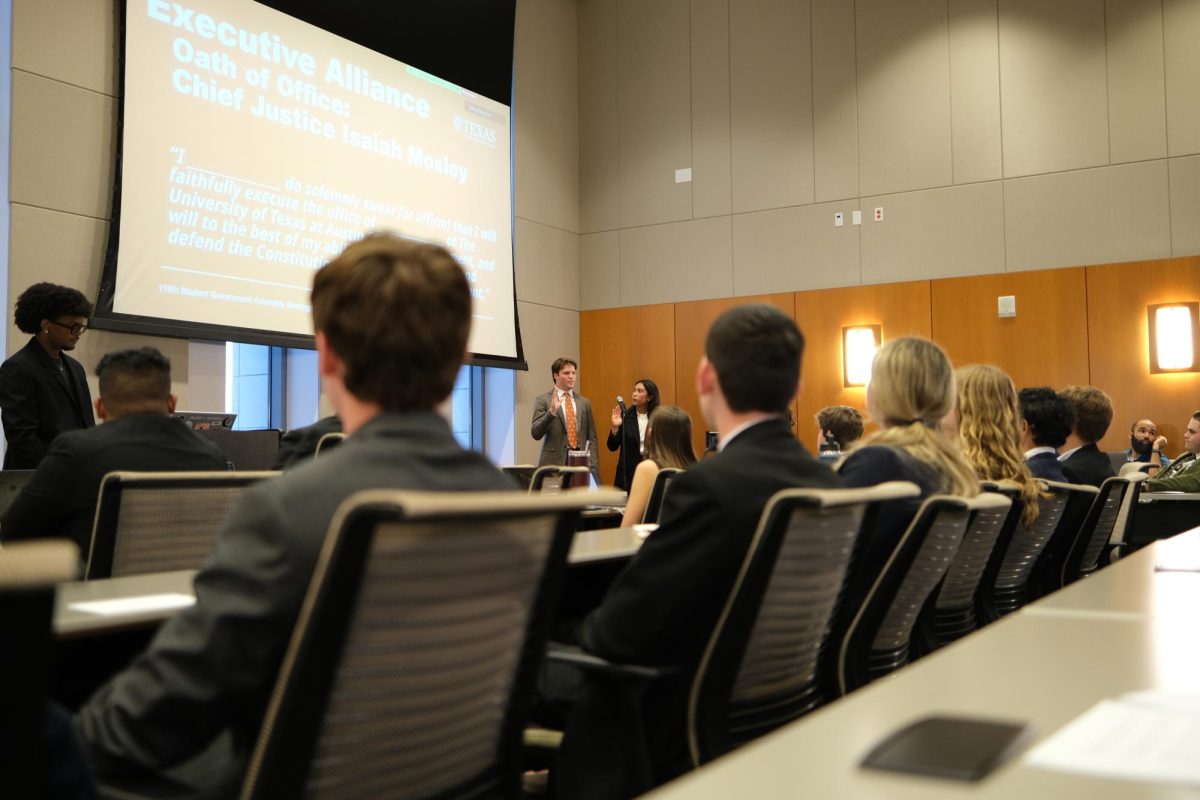Though their united anger against political and financial institutions created Occupy Austin, their love for the cause is what’s keeping them together, said occupation member James Staton.
Occupy Austin, the Austin associate of the Occupy Wall Street movement, is part of a national protest against the “monied corruption of [America’s] democracy,” according to the Occupy Wall Street website. The protest peaked last Thursday when it started at a presence of 2,000, and the number of those living at Austin City Hall has risen to about 45 with fluctuating numbers throughout the day.
As Occupy Austin enters its fifth day, the occupation is expanding beyond its general assemblies with streamlined meetings and an organizational structure based around committees headed by “magnets,” volunteers who elect to specialize in a certain field to aid the protest, said IT magnet and occupation member Cesar Fuentez.
“The biggest criticism we’ve had was that we were just talking and not doing,” Fuentez said. “We’ve made an agreement to change that and make the subgroups and infrastructure to do it. People are passionate about certain subjects, and we tell them to go out and get it done.”
Emotions also ran between calm and impassioned Tuesday, as occupation members gathered in various groups to discuss how to implement change and address the claim that the occupation is “class warfare.”
“We want the next generation to come up and enjoy life for who they are, not what they are,” Fuentez said. “Have as much money as you want, but do it the right way.”
Occupy Austin is also reaching out to labor unions like those joining Occupy Wall Street and creating a “base camp,” an off-site facility that provides basic necessities like showering facilities for those who stay overnight at Austin City Hall, said occupation IT member Jonathan Vann.
“The occupation movement is going to occupy until things are changed,” Vann said. “It’s time for our voices to be heard, not just the voices of the top 1 percent.”
Occupation members also expressed their gratitude for the numerous donations of various Austinites who have donated items ranging from communication devices to donuts and tacos to the occupation, Staton said.
As opposed to previous clashes with law enforcement in Boston and New York, Austin Police Department have been tolerant and cooperative in working with Occupy Austin, even symbolically allowing protesters one tent in front of Austin City Hall, Fuentez said.
“On the first day of Occupy Austin, chief of police Art Acevedo came out to the protest and mingled with all of us,” Fuentez said. “Austin police have been more than helpful.”
A march through downtown Austin is planned for this Saturday to protest “corrupt and consolidated banking,” and, according to Fuentez, other events are also planned including guest speakers like David Graebar, organizer of Occupy Wall Street, who was at Occupy Austin on Monday.
“If we accomplish nothing else, we can educate the populace as to how the system works,” Vann said.


